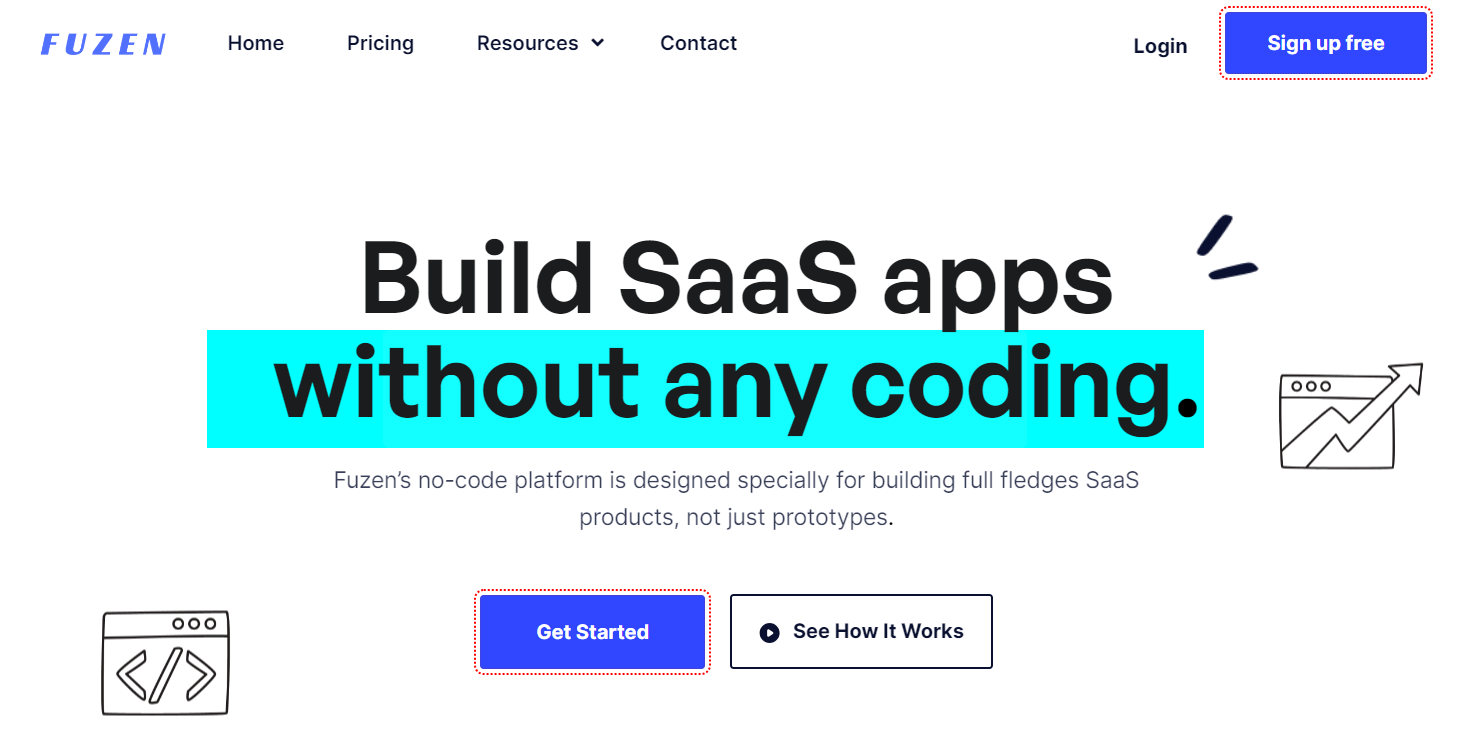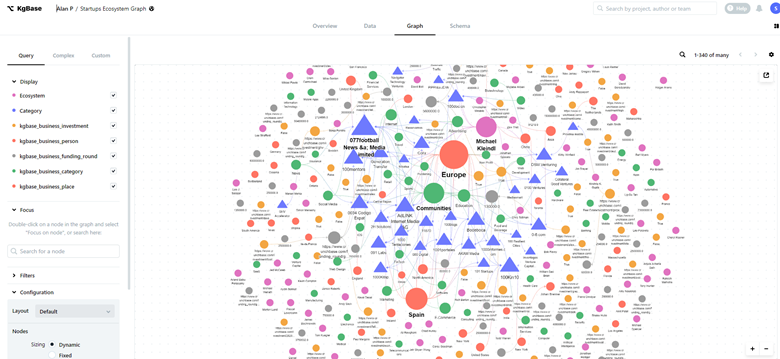Uncomplicated Open System Data Source Creation Utilizing No-Code Modern Technology
Uncomplicated Open System Data Source Creation Utilizing No-Code Modern Technology
Blog Article
Discover Exactly How Scalable Databases Can Be Used Without Coding to Improve Your Business Operations
In today's fast-paced business setting, the capacity to manage and assess information efficiently is critical. no-code. Scalable data sources, particularly when matched with no-code remedies, supply a transformative approach that empowers non-technical individuals to simplify procedures.
Understanding Scalable Data Sources
Scalable data sources are essential for modern business operations, allowing organizations to effectively handle enhancing quantities of information without sacrificing performance. These databases are developed to adapt and expand to the altering needs of an organization, guaranteeing that they can handle larger datasets and more intricate inquiries as organizational needs develop.
Recognizing scalable data sources involves acknowledging their two primary kinds: vertical scaling and straight scaling. Upright scaling, or "scaling up," entails adding more power (CPU, RAM) to an existing server to enhance performance. Alternatively, horizontal scaling, or "scaling out," involves including more web servers to distribute the tons, which typically leads to better adaptability and mistake tolerance.
One more vital facet is the style of scalable databases, which can be either relational or non-relational. Relational data sources, such as MySQL and PostgreSQL, are structured and make use of SQL for questions, while non-relational databases, like MongoDB and Cassandra, supply more adaptability with unstructured data.
Ultimately, recognizing scalable data sources is crucial for companies aiming to utilize information as a strategic property, enabling them to continue to be affordable in a progressively data-driven atmosphere.

Benefits of No-Code Solutions
Unlocking the capacity of no-code options encourages services to simplify procedures and improve productivity without the demand for considerable shows expertise. These systems allow non-technical users to create, change, and manage databases easily, therefore democratizing access to innovation across teams.
Among the primary benefits of no-code options is their rate of execution. Organizations can rapidly deploy applications and automate processes, significantly minimizing the time invested in development cycles. This dexterity makes it possible for organizations to respond immediately to market modifications and consumer needs, fostering an one-upmanship.
Additionally, no-code systems minimize reliance on IT divisions for daily tasks, enabling technological teams to focus on more complicated projects that call for specialized skills. This change not only optimizes resource allotment however also promotes advancement within the organization.
Cost-effectiveness is one more benefit, as no-code services can decrease growth and upkeep expenditures. By lessening the demand for coding knowledge, firms can harness the abilities of their existing workforce without the expenses of working with additional employees.
Popular No-Code Data Source Tools
The rise of no-code services has actually caused the development of various database devices that accommodate businesses seeking performance and availability. These tools empower individuals with limited technological proficiency to produce, handle, and manipulate databases effortlessly.

Caspio attracts attention for its ability to build web applications with no coding. It allows organizations to create durable data sources and release applications promptly, satisfying various sector demands. Knack uses user-friendly user interfaces and powerful information administration capabilities, allowing companies to build personalized applications tailored to their operations.

Use Instances in Organization Procedures
Just how can businesses utilize data source devices to improve their operations? Scalable databases give companies with powerful capabilities to manage and assess information without the requirement for comprehensive coding knowledge. These devices can enhance different company processes, inevitably bring about enhanced efficiency and performance.
One famous use case is customer partnership administration (CRM) Services can utilize scalable data sources to track client interactions, choices, and responses, allowing personalized interaction and use this link much better service. By centralizing this details, teams can collaborate much more effectively and reply to client needs in real-time.
Another considerable application is inventory monitoring. Firms can utilize no-code database tools to check stock levels, track deliveries, and projection demand. This makes certain optimum inventory levels, lowers waste, and minimizes stockouts.
Additionally, task administration can gain from scalable databases by permitting teams to handle jobs, deadlines, and sources in an unified platform. With real-time updates and data visualization, job supervisors can make informed decisions.
Getting Going With Implementation
Applying scalable databases in organization procedures requires an organized approach to make sure effective integration and usage. The initial step is to conduct a detailed needs assessment, determining certain organization requirements, data types, and expected growth patterns. This foundational understanding will certainly lead the option of the appropriate database service.
Next, select a straightforward, no-code data source system that aligns with your functional objectives. no-code. Several modern options use instinctive interfaces, enabling non-technical individuals to handle information properly. After selecting Source a platform, establish a clear data style that outlines how data will be organized, accessed, and preserved
Training is critical; guarantee that team participants are outfitted with the necessary abilities to make use of the data source. Consider offering workshops or tutorials to familiarize staff with the system's capabilities.
Verdict
To conclude, the assimilation of scalable data sources with no-code solutions offers substantial benefits for company operations. These platforms encourage non-technical individuals to successfully handle and evaluate data, helping with improved decision-making and cooperation. By embracing devices such as Airtable and Notion, companies can decrease and streamline procedures dependancy on IT resources. Inevitably, leveraging these modern technologies can cause enhanced performance and operational performance, positioning organizations for continual development in a competitive landscape.
One popular no-code database device is Airtable, which combines the performance of a spread you could try here sheet with the power of a database.Exactly how can organizations leverage database devices to enhance their procedures? Companies can make use of scalable data sources to track customer interactions, choices, and feedback, making it possible for customized interaction and far better service.Carrying out scalable data sources in business operations calls for a structured method to make sure effective integration and use.In verdict, the integration of scalable databases with no-code options offers significant benefits for organization operations.
Report this page